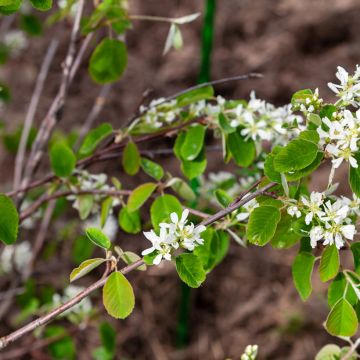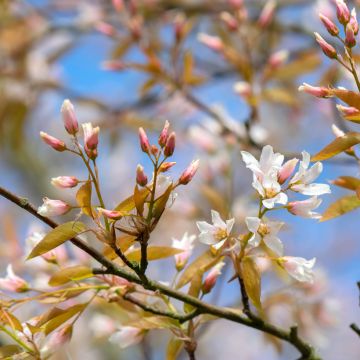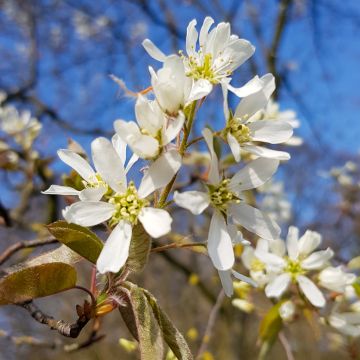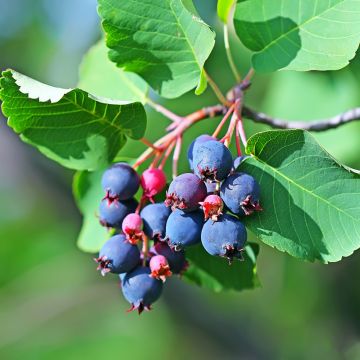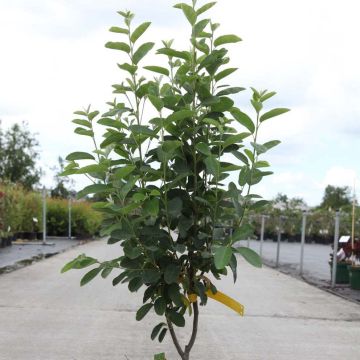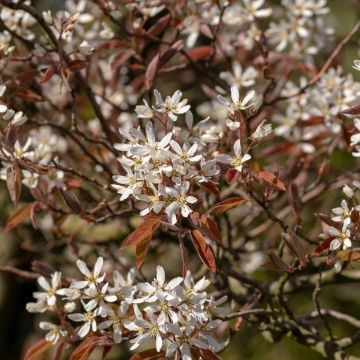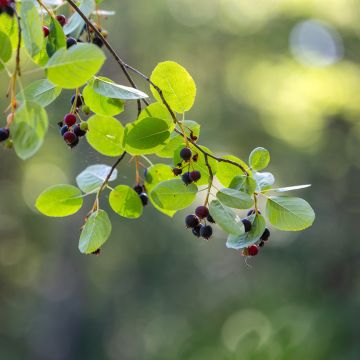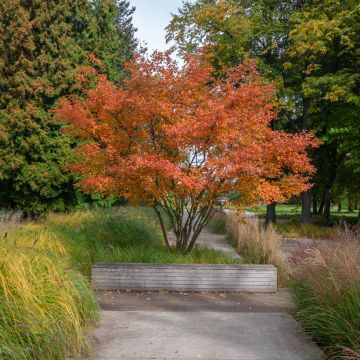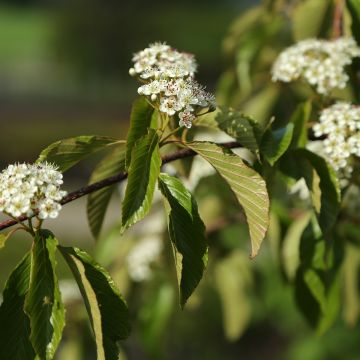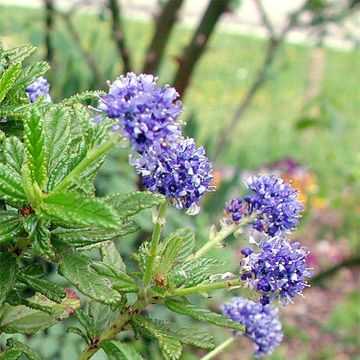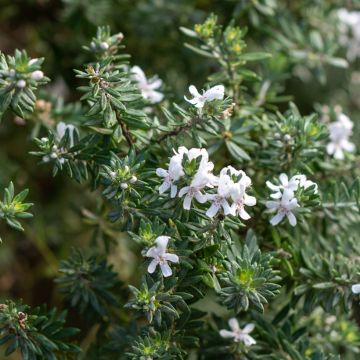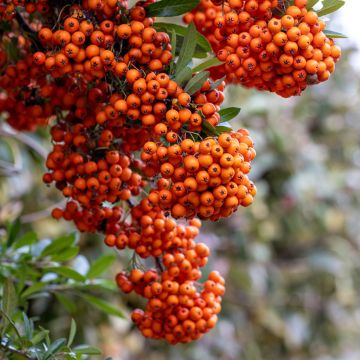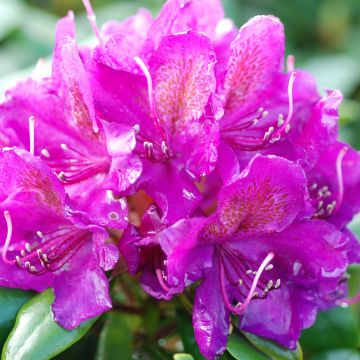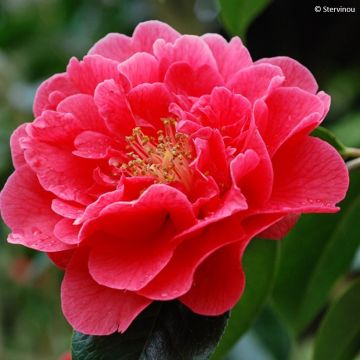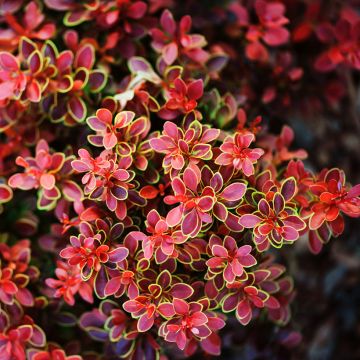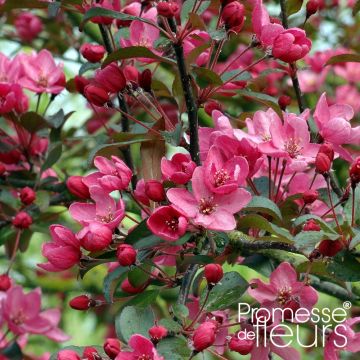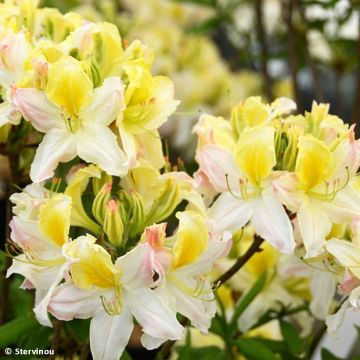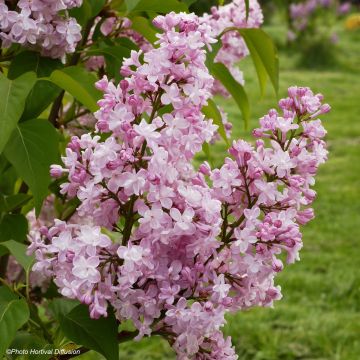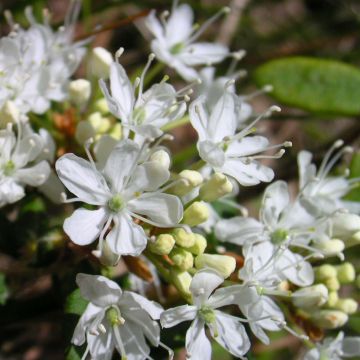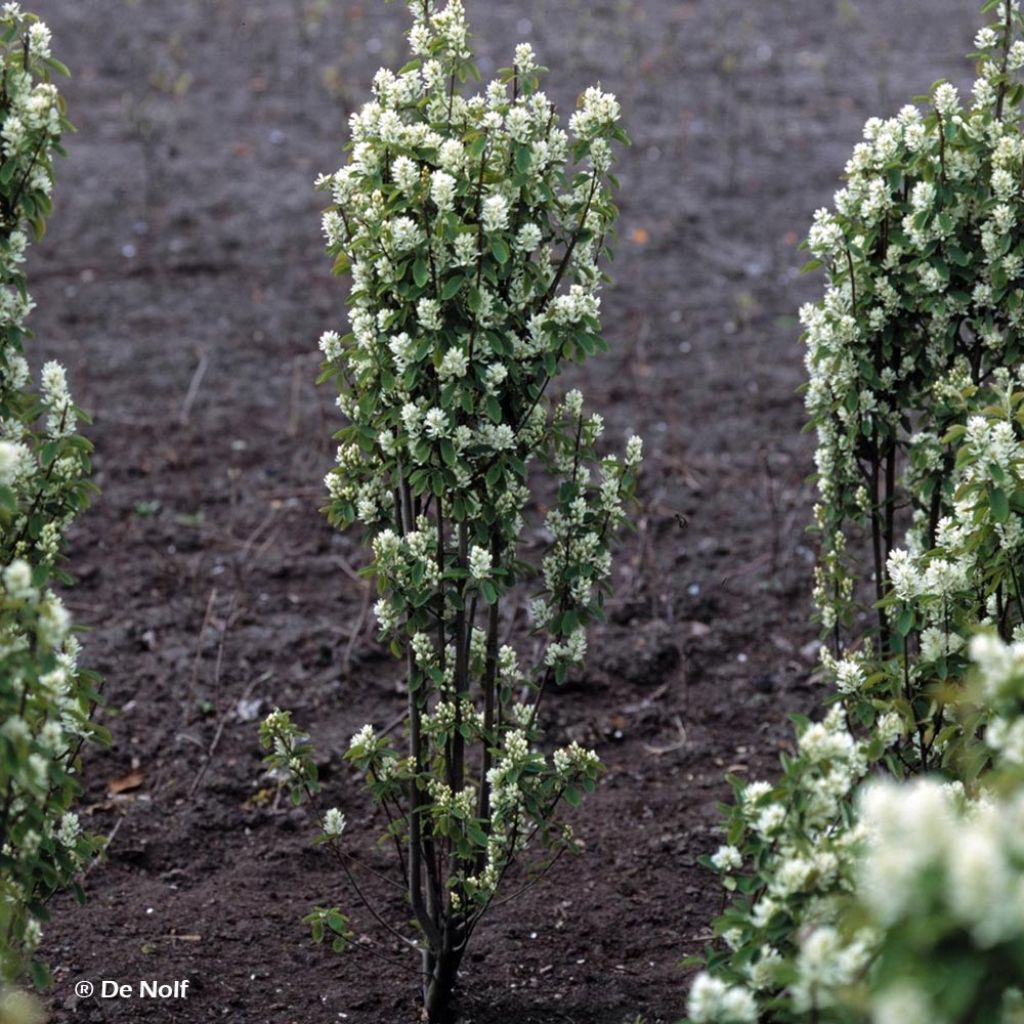

Amelanchier alnifolia Obelisk
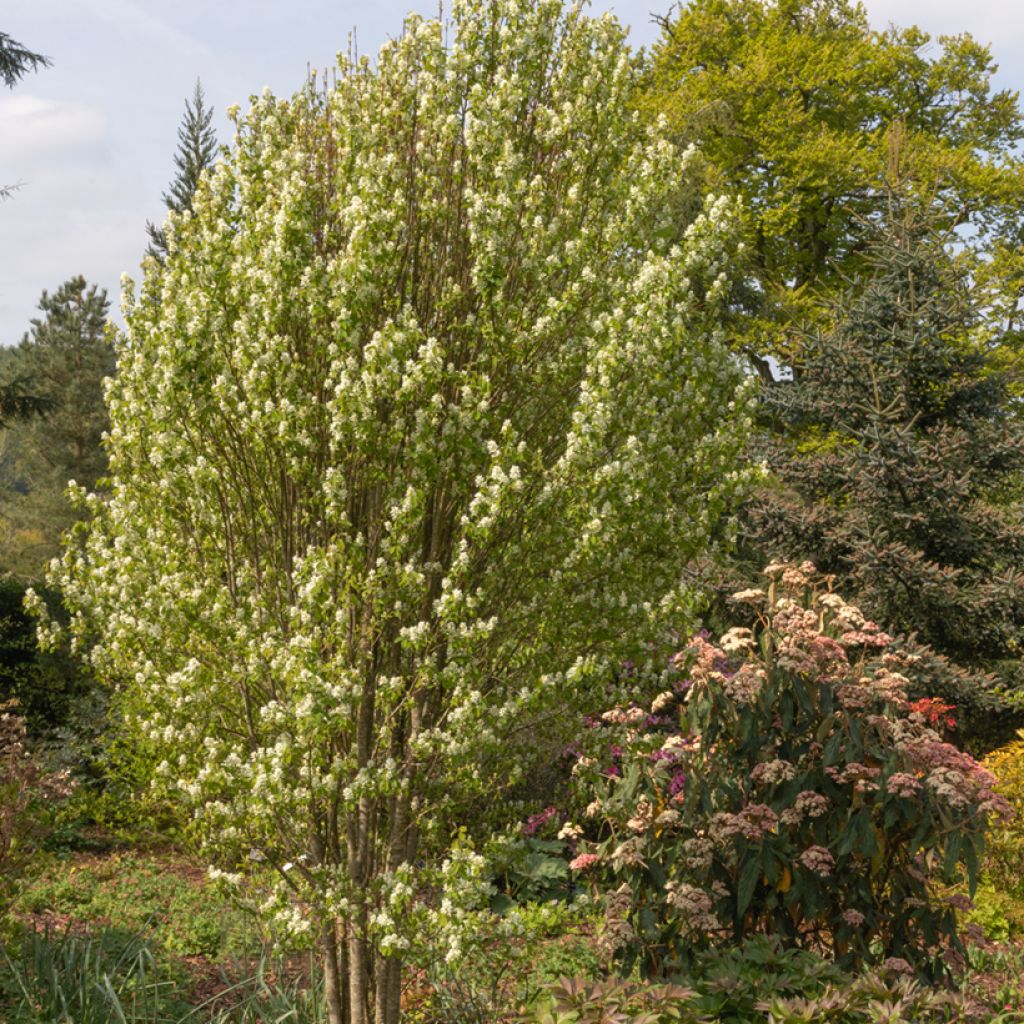

Amelanchier alnifolia Obelisk
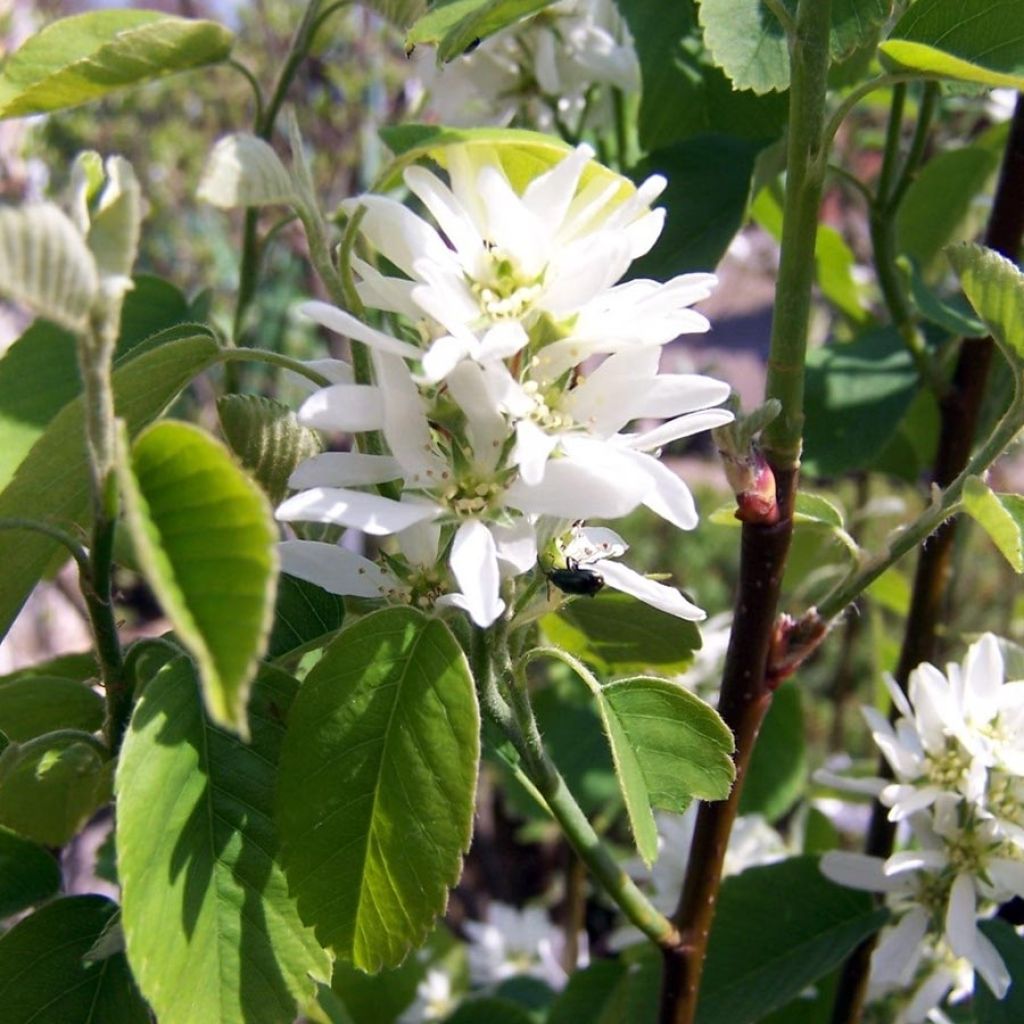

Amelanchier alnifolia Obelisk
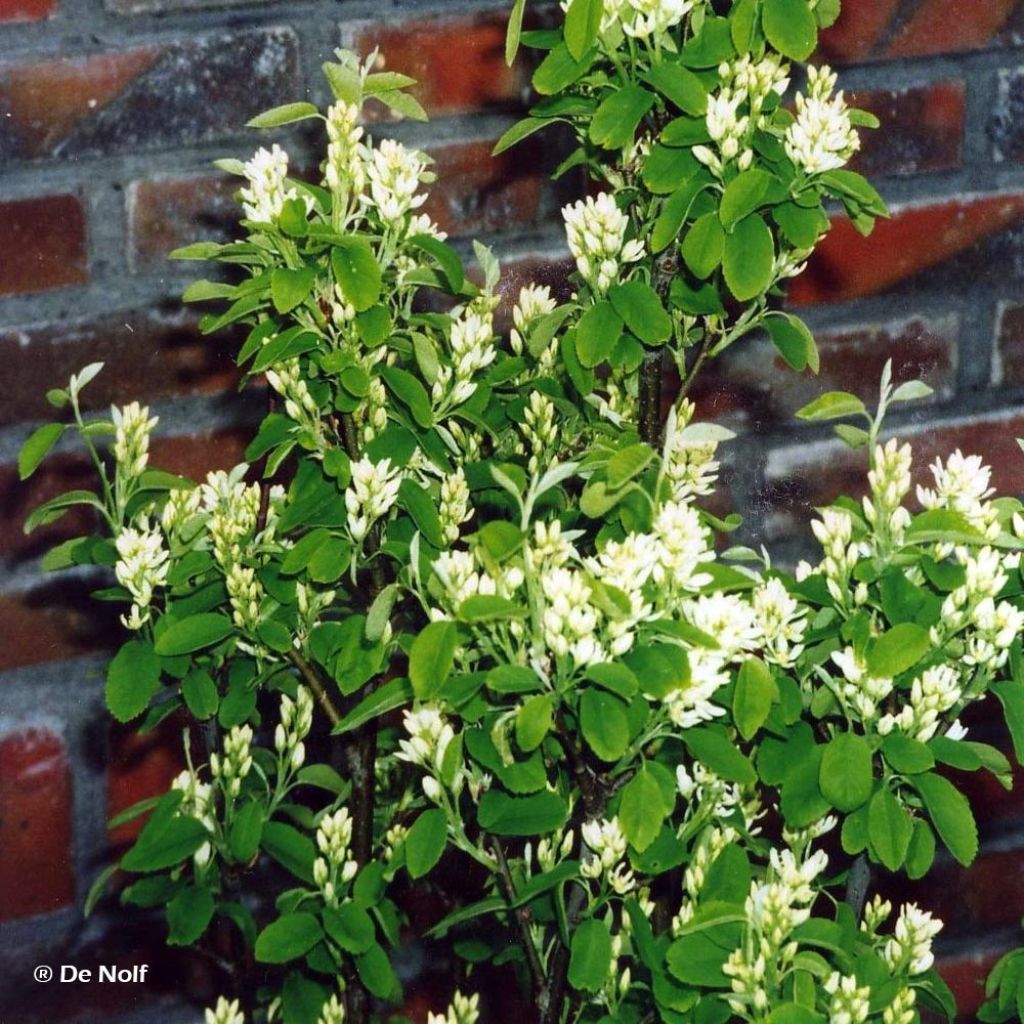

Amelanchier alnifolia Obelisk
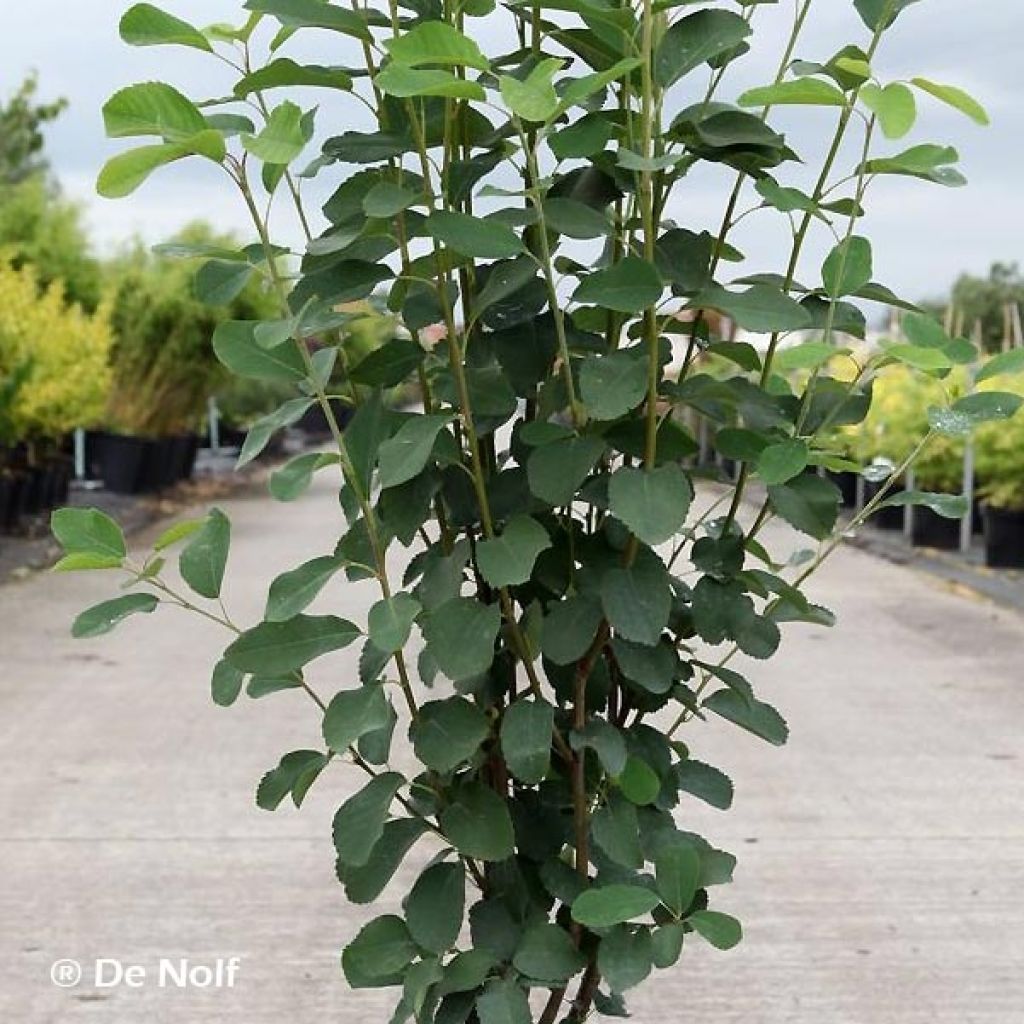

Amelanchier alnifolia Obelisk
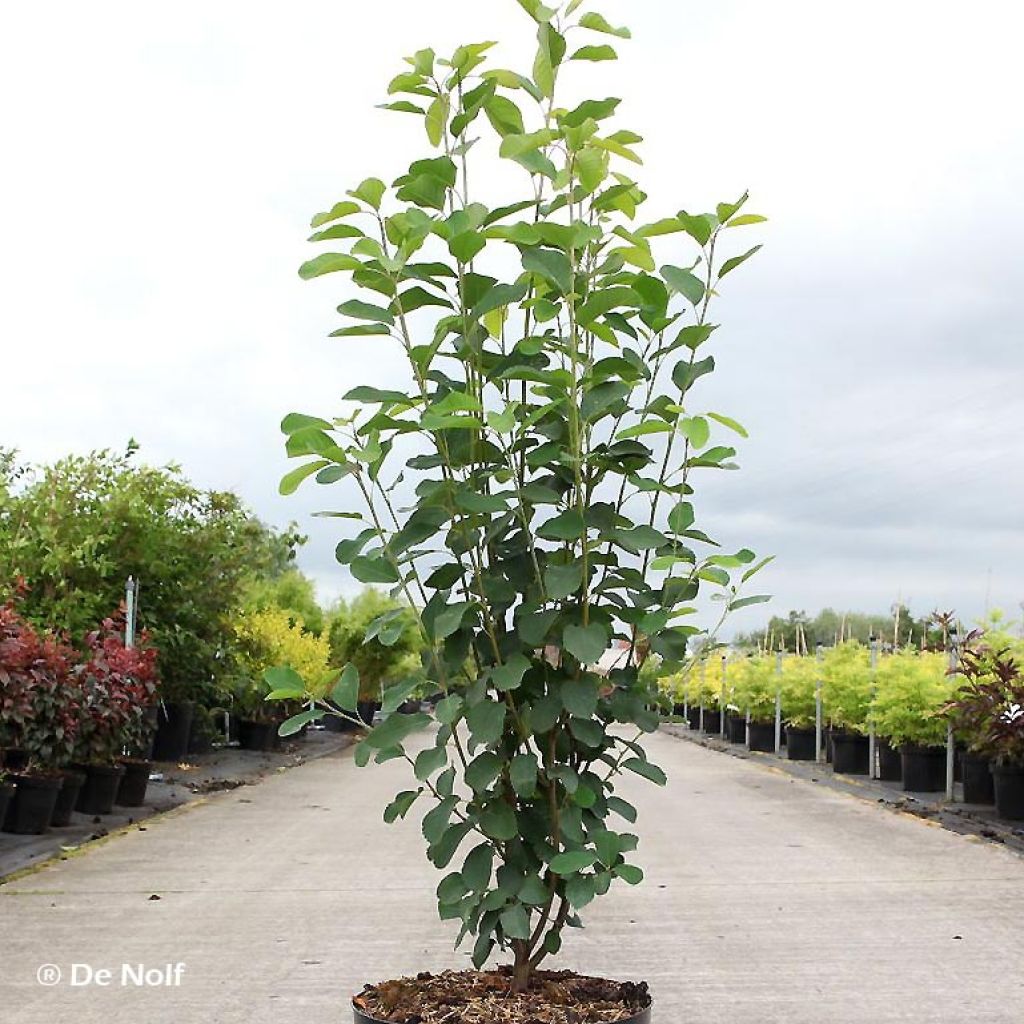

Amelanchier alnifolia Obelisk
Amelanchier alnifolia Obelisk
Amelanchier alnifolia Obelisk
Saskatoon serviceberry, Western serviceberry, Alder-leaved serviceberry, Pacific serviceberry, Dwarf shadbush, Chuckley pear
Pianta ben strutturata con tanto di etichetta originale che ne garantisce l'autenticità, pienamente soddisfatto
Sergio, 25/01/2025
This item cannot be shipped to the selected country
Delivery charge from €5.90
More information
Schedule delivery date,
and select date in basket
This plant carries a 24 months recovery warranty
More information
We guarantee the quality of our plants for a full growing cycle, and will replace at our expense any plant that fails to recover under normal climatic and planting conditions.
From €5.90 for pickup delivery and €6.90 for home delivery
Express home delivery from €8.90.

Does this plant fit my garden?
Set up your Plantfit profile →
Description
The 'Obelisk' Amelanchier is a variety of alder-leaved Amelanchier that is interesting for its naturally fastigiate growth, which is very graphic, rarely exceeding 5m (16ft 5in) in height and only 1.5m (4ft 11in) in width at maturity. This small fruit tree is both delicious and ornamental, producing a abundant white spring flowering from a young age that almost covers its branches. Then come the leaves, which are a beautiful bluish-green colour, and finally, in early summer, the clusters of black-blue fruits, juicy, sweet and aromatic, both tasty and nutritious. Amelanchiers are easy-to-manage shrubs or small trees that are very rewarding. 'Obelisk' is no exception to this rule, and its narrow habit is perfect for small gardens.
Native to North America, Amelanchier alnifolia is a sturdy shrub in the large Rosaceae family, spared by most parasites and resistant to extreme cold. In nature, it can be found along watercourses as well as in much less favourable environments, such as windy rocky slopes. It is a plant that prefers slightly acidic and cool soil, but it is accommodating and capable of adapting to relatively dry and hot summers once established. This species, A. alnifolia, is one of the few in the genus that can tolerate moderately limestone soils. However, to obtain a good harvest, it is advisable to provide it with fairly fertile soil and water if necessary.
The cultivar 'Obelisk', selected in 1994 at the Kalmthout Arboretum in Belgium, has a columnar, upright and narrow habit. Its branches are tightly packed around the main branches. With a relatively slow growth, the shrub will reach a height of about 5m (16ft 5in) and a width of 1.5m (4ft 11in) at maturity, depending on the growing conditions. The flowering is remarkably abundant in April-May, at the tips of the bare or already adorned young branches, depending on the climate. The white flowers with 5 petals and yellow stamens, 2cm (0.8in) in diameter, are grouped in clusters along the branches. They are followed by edible fruits the size of blueberries, globular, called pyridions. They start off a deep blue and then turn black when ripe, in June-July. Their pleasantly sweet and aromatic flavour and juicy flesh make them suitable for both fresh consumption and cooking, as jam or jelly. The young spring leaves are very hairy, then become tougher. They have a beautiful bluish-green colour and turn yellow in autumn before falling. Measuring up to 6cm (2.4in) in length, they are entire, oval-shaped, with toothed edges, arranged alternately on the branches.
The 'Obelisk' Amelanchier is a sturdy fruit shrub, as undemanding as it is charming, with a small footprint, which deserves a place in a rustic, free or fruit hedge. It is also used as a background for herbaceous borders or in rows along narrow paths. It pairs wonderfully with ornamental apple and cherry trees, deciduous spindle trees, Japanese quince, spring-blooming spiraeas, hawthorns, medlars, prunus and many others. Create a fruit hedge by combining it, for example, with the May berry (Lonicera kamtschatica Sweet Myberry), garden blackberries, currants, gooseberries, cranberries (Vaccinium macrocarpon), blueberries, raspberries, Aronia, Japanese goumi, black elderberries...
Report an error about the product description
Amelanchier alnifolia Obelisk in pictures
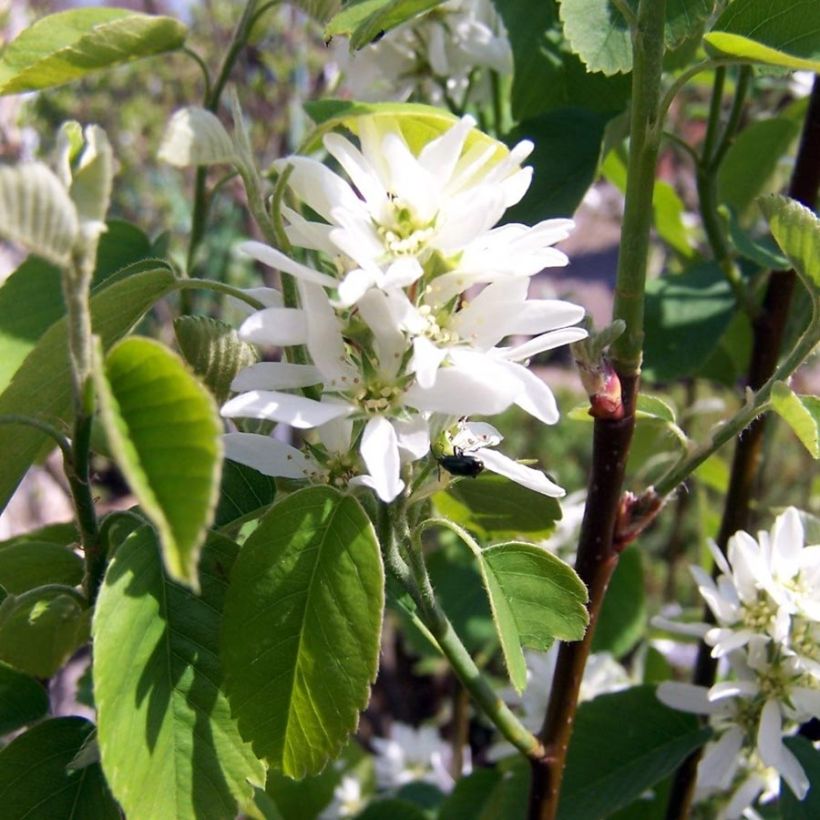

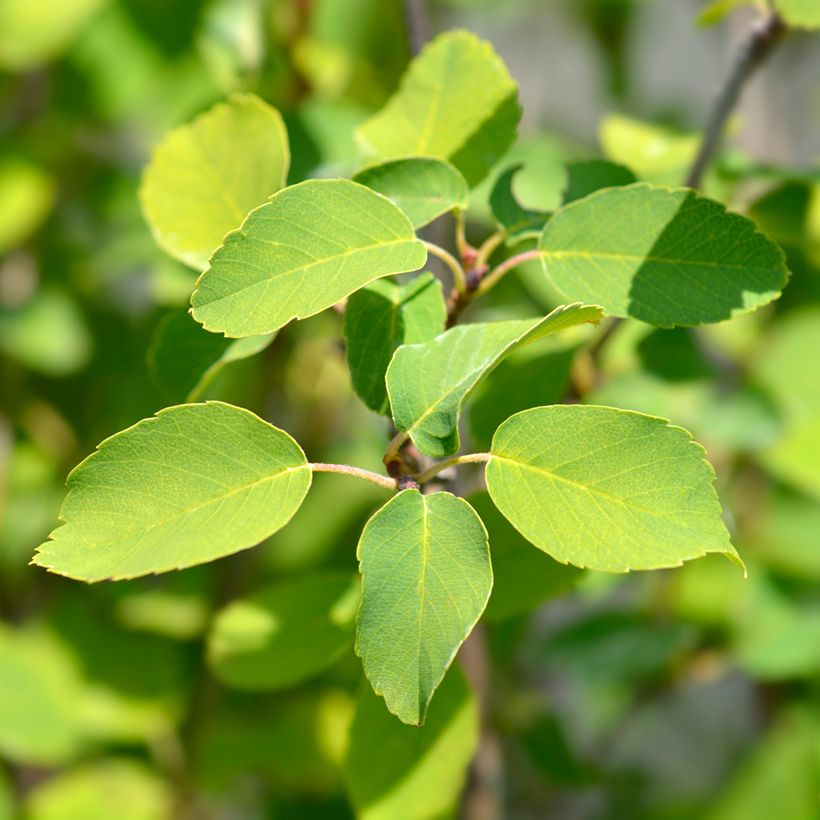

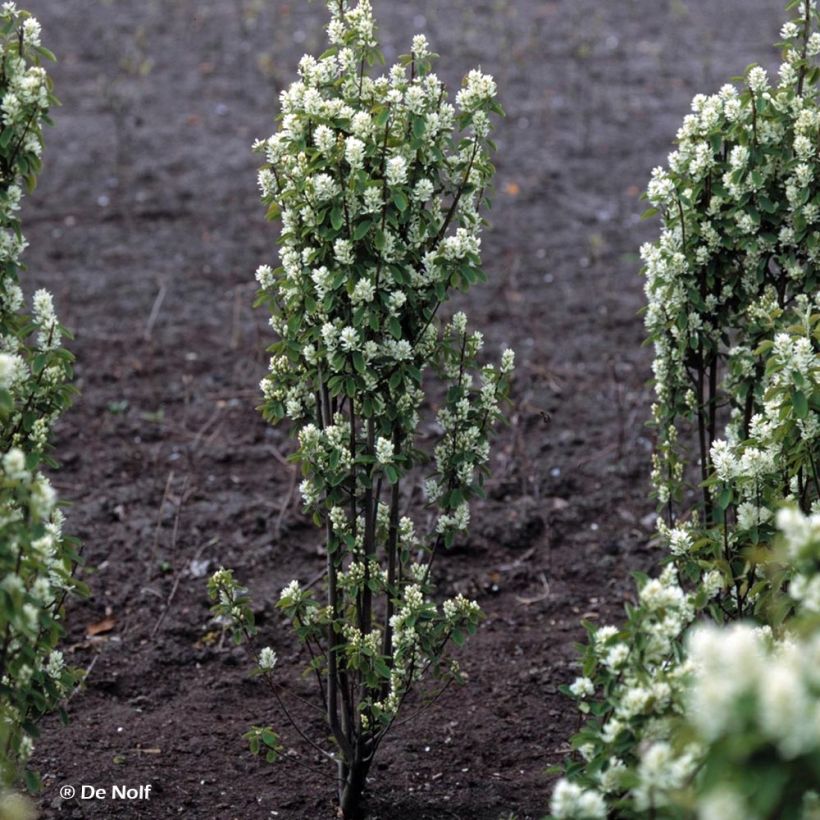

Plant habit
Flowering
Foliage
Botanical data
Amelanchier
alnifolia
Obelisk
Rosaceae
Saskatoon serviceberry, Western serviceberry, Alder-leaved serviceberry, Pacific serviceberry, Dwarf shadbush, Chuckley pear
Cultivar or hybrid
Other Saskatoon - Juneberry
Planting and care
Amelanchier 'Obelisk' can be planted in spring or autumn in any good, well-drained garden soil, slightly dry, fresh or slightly moist, deep, in a sunny or semi-shaded position. It prefers slightly acidic to neutral soils but can tolerate some limestone. Water and mulch to maintain soil moisture. This bush, which does not like overly dry conditions, can however withstand moderate summer drought once well established. Water regularly to help it establish, especially during the first two dry summers. Mulch the soil to maintain some moisture, always after watering your amelanchier abundantly so that its roots do not develop only at the surface of the soil, which would make it more susceptible to water shortage.
Apply well-decomposed compost to the base of your bush every spring.
You can prune the bush from the first year to encourage branching. Beware of powdery mildew! Spray a sulfur-based fungicide as a preventive measure if spring is mild and very humid.
Planting period
Intended location
Care
-
, onOrder confirmed
Reply from on Promesse de fleurs
Spring-flowering shrubs
Haven't found what you were looking for?
Hardiness is the lowest winter temperature a plant can endure without suffering serious damage or even dying. However, hardiness is affected by location (a sheltered area, such as a patio), protection (winter cover) and soil type (hardiness is improved by well-drained soil).

Photo Sharing Terms & Conditions
In order to encourage gardeners to interact and share their experiences, Promesse de fleurs offers various media enabling content to be uploaded onto its Site - in particular via the ‘Photo sharing’ module.
The User agrees to refrain from:
- Posting any content that is illegal, prejudicial, insulting, racist, inciteful to hatred, revisionist, contrary to public decency, that infringes on privacy or on the privacy rights of third parties, in particular the publicity rights of persons and goods, intellectual property rights, or the right to privacy.
- Submitting content on behalf of a third party;
- Impersonate the identity of a third party and/or publish any personal information about a third party;
In general, the User undertakes to refrain from any unethical behaviour.
All Content (in particular text, comments, files, images, photos, videos, creative works, etc.), which may be subject to property or intellectual property rights, image or other private rights, shall remain the property of the User, subject to the limited rights granted by the terms of the licence granted by Promesse de fleurs as stated below. Users are at liberty to publish or not to publish such Content on the Site, notably via the ‘Photo Sharing’ facility, and accept that this Content shall be made public and freely accessible, notably on the Internet.
Users further acknowledge, undertake to have ,and guarantee that they hold all necessary rights and permissions to publish such material on the Site, in particular with regard to the legislation in force pertaining to any privacy, property, intellectual property, image, or contractual rights, or rights of any other nature. By publishing such Content on the Site, Users acknowledge accepting full liability as publishers of the Content within the meaning of the law, and grant Promesse de fleurs, free of charge, an inclusive, worldwide licence for the said Content for the entire duration of its publication, including all reproduction, representation, up/downloading, displaying, performing, transmission, and storage rights.
Users also grant permission for their name to be linked to the Content and accept that this link may not always be made available.
By engaging in posting material, Users consent to their Content becoming automatically accessible on the Internet, in particular on other sites and/or blogs and/or web pages of the Promesse de fleurs site, including in particular social pages and the Promesse de fleurs catalogue.
Users may secure the removal of entrusted content free of charge by issuing a simple request via our contact form.
The flowering period indicated on our website applies to countries and regions located in USDA zone 8 (France, the United Kingdom, Ireland, the Netherlands, etc.)
It will vary according to where you live:
- In zones 9 to 10 (Italy, Spain, Greece, etc.), flowering will occur about 2 to 4 weeks earlier.
- In zones 6 to 7 (Germany, Poland, Slovenia, and lower mountainous regions), flowering will be delayed by 2 to 3 weeks.
- In zone 5 (Central Europe, Scandinavia), blooming will be delayed by 3 to 5 weeks.
In temperate climates, pruning of spring-flowering shrubs (forsythia, spireas, etc.) should be done just after flowering.
Pruning of summer-flowering shrubs (Indian Lilac, Perovskia, etc.) can be done in winter or spring.
In cold regions as well as with frost-sensitive plants, avoid pruning too early when severe frosts may still occur.
The planting period indicated on our website applies to countries and regions located in USDA zone 8 (France, United Kingdom, Ireland, Netherlands).
It will vary according to where you live:
- In Mediterranean zones (Marseille, Madrid, Milan, etc.), autumn and winter are the best planting periods.
- In continental zones (Strasbourg, Munich, Vienna, etc.), delay planting by 2 to 3 weeks in spring and bring it forward by 2 to 4 weeks in autumn.
- In mountainous regions (the Alps, Pyrenees, Carpathians, etc.), it is best to plant in late spring (May-June) or late summer (August-September).
The harvesting period indicated on our website applies to countries and regions in USDA zone 8 (France, England, Ireland, the Netherlands).
In colder areas (Scandinavia, Poland, Austria...) fruit and vegetable harvests are likely to be delayed by 3-4 weeks.
In warmer areas (Italy, Spain, Greece, etc.), harvesting will probably take place earlier, depending on weather conditions.
The sowing periods indicated on our website apply to countries and regions within USDA Zone 8 (France, UK, Ireland, Netherlands).
In colder areas (Scandinavia, Poland, Austria...), delay any outdoor sowing by 3-4 weeks, or sow under glass.
In warmer climes (Italy, Spain, Greece, etc.), bring outdoor sowing forward by a few weeks.

































